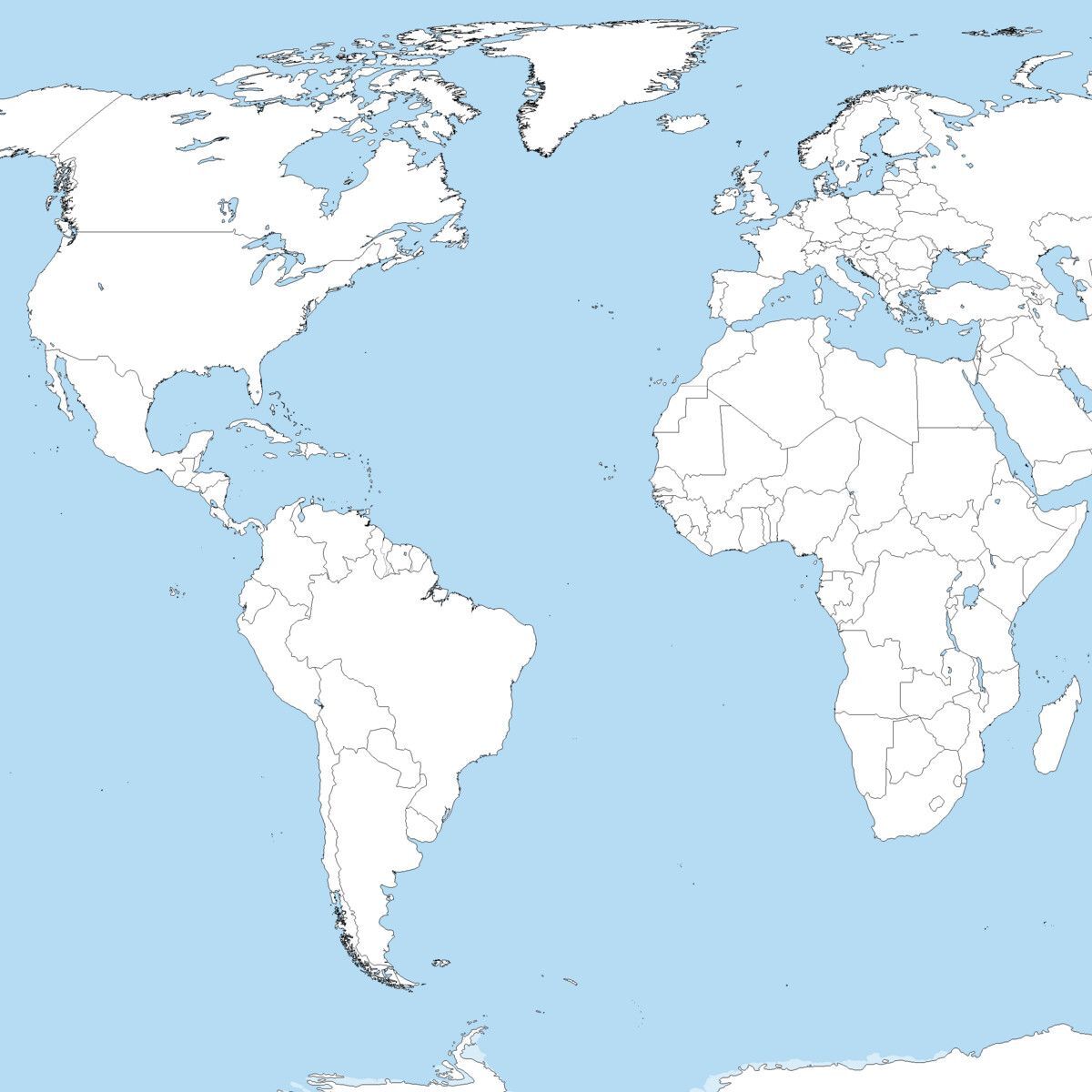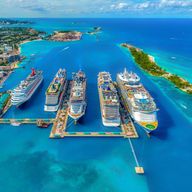

Crystal Symphony - 4/27/2026
The April 27, 2026 cruise on the Crystal Symphony departs from Incheon (seoul). South Korea. On this 12 Night Asia (Incheon To Tokyo) sailing, the ship will visit a total of 10 cruise port destinations, including its departure port. The Crystal Symphony sets sail on Monday, Apr 27th and returns on Saturday, May 9th.
Cruise Pricing
The graph below tracks historic price of the Crystal Symphony cruise ship departing April 27, 2026. The most recent price for this sailing starts at $N/A ($N/A per night) for an Inside Cabin. Compared to the average price of $N/A ($N/A per night), this represents a recent decrease of NaN%.
Use the buttons below to toggle between cabin types.
Cruise Itinerary
Itinerary
Crystal Symphony - April 27, 2026 - 12 Nights
| Day | Date | Port |
|---|---|---|
| 1 | Apr 27th | Incheon (seoul). South Korea |
| 2 | Apr 28th | At Sea |
| 3 | Apr 29th | Busan (Pusan), South Korea |
| 4 | Apr 30th | Nagasaki, Japan |
| 5 | May 1st | Fukuoka, Japan |
| 6 | May 2nd | Sakaiminato, Japan |
| 7 | May 3rd | Kanazawa, Japan |
| 8 | May 4th | At Sea |
| 9 | May 5th | Sakata, Japan |
| 10 | May 6th | Aomori, Japan |
| 11 | May 7th | Hakodate, Japan |
| 12 | May 8th | At Sea |
| 13 | May 9th | Tokyo, Japan |
The Crystal Symphony sails on April 27, 2026 for a 12 Night Asia (Incheon To Tokyo). The ship will depart the port of Incheon (seoul). South Korea at 7:00 PM and will return to the port of Tokyo, Japan on May 9th at 8:00 AM. During the 13-day journey, the Crystal Symphony will visit 9 additional ports and will spend 3 days at sea.
Itinerary Safety Score
Based on my comprehensive research of cruise port safety information, including recent crime reports, travel advisories, Global Peace Index rankings, and specific port security concerns, we've created a "safety score" for each cruise port stop. The overall rating below represents a combined score for your specific cruise itinerary.
Cruise Ship

Crystal Symphony
Crystal Cruises
The Crystal Symphony was built in 1995 and is among Crystal's 3 ships in its fleet. The Crystal Symphony is included in the cruise line's Serenity class. In the cruise ship stats below, you'll find the Crystal Symphony vs all other Crystal ships.
Cruise Ports
Incheon, South Korea, has docking at Incheon Port with excursions to Seoul. Travelers explore Gyeongbokgung Palace and Myeongdong markets. Excursions visit DMZ’s historic sites. Local markets sell kimchi. The peak season, April to June, brings mild weather. Photography captures palaces and urban skylines. Dining onboard includes bulgogi, a Korean favorite. Souvenirs, like hanbok dolls, are sold in ship shops. Briefings cover Korean history. Light layers suit the temperate climate. Comfortable shoes enhance city tours. Incheon’s access to Seoul offers a vibrant South Korean stop, blending culture with modern energy.
Take advantage of the many on board activites during your day at sea. You'll have more than enough to fill your day!
Busan, South Korea, in the southeast, sits on the Korea Strait, facing the Sea of Japan. The port is near Jagalchi Fish Market, where fresh seafood is sold daily. Haeundae Beach offers urban waterfront access, while Beomeosa Temple, in the forested hills, provides cultural history. The Gamcheon Culture Village, with colorful houses, draws visitors for its art and narrow alleys. Busan’s port history as a trading hub is evident in its maritime museum. The nearby Nakdong River Estuary is a birdwatching site, and the city’s coastal cliffs offer walking trails with ocean views.
Nagasaki, Japan, offers docking at Nagasaki Port. Travelers explore the Peace Park and Atomic Bomb Museum. Excursions visit Glover Garden’s colonial mansions. Local markets sell champon noodles. The peak season, March to May, brings cherry blossoms and mild weather. Photography captures historic sites and Dejima Island views. Dining onboard includes sara udon, a Nagasaki dish. Souvenirs, like castella cakes, are sold in ship shops. Briefings cover Nagasaki’s WWII history. Light layers suit the temperate climate, while comfortable shoes enhance park walks. Nagasaki’s blend of history and resilience offers a poignant Japanese stop. Cruise travelers enjoy a mix of somber memorials, colonial heritage, and scenic harbors, making Nagasaki an engaging destination for exploring Japan’s cultural and historical depth on Kyushu Island.
Fukuoka, Japan, offers docking at Hakata Port. Travelers explore Dazaifu Tenmangu Shrine’s historic gardens. Excursions visit Canal City’s vibrant shopping complex. Local markets sell hakata ramen. The peak season, March to May, brings cherry blossoms and mild weather. Photography captures shrine architecture and modern cityscapes. Dining onboard includes tonkotsu ramen, a local specialty. Souvenirs, like furoshiki cloths, are available in ship shops. Briefings cover Kyushu’s history. Light layers suit the temperate climate. Comfortable shoes enhance shrine visits. Fukuoka’s blend of ancient shrines and modern vibrancy provides a dynamic Japanese stop, immersing travelers in its rich cultural heritage and lively urban energy.
Sakaiminato, Japan, offers docking at Sakaiminato Port. Travelers explore Mizuki Shigeru’s yokai museum and Tottori Sand Dunes. Excursions visit Matsue Castle. Local markets sell kani sushi. The peak season, April to October, brings mild weather for coastal tours. Photography captures manga art and Sea of Japan vistas. Dining onboard includes dashi broth, a Japanese favorite. Souvenirs, like yokai crafts, are sold in ship shops. Briefings cover Tottori history. Light layers suit the temperate climate, while comfortable shoes enhance dune walks. Sakaiminato’s quirky charm offers a vibrant Japanese stop. Cruise travelers enjoy a mix of cultural museums, scenic dunes, and coastal heritage, making Sakaiminato an engaging destination for exploration.
Kanazawa, Japan, has docking at Kanazawa Port. Travelers explore Kenrokuen Garden’s serene landscapes. Excursions visit Higashi Chaya’s geisha district. Local markets sell kaga yuzen silk. The peak season, March to May, brings cherry blossoms. Photography captures gardens and traditional teahouses. Dining onboard includes kaga ryori, a local cuisine. Souvenirs, like gold leaf crafts, are sold in ship shops. Briefings cover samurai history. Light layers suit the temperate climate. Comfortable shoes enhance garden walks. Kanazawa’s cultural elegance offers a refined Japanese stop, blending heritage with scenic beauty.
Take advantage of the many on board activites during your day at sea. You'll have more than enough to fill your day!
Sakata, Japan, offers docking at Sakata Port. Travelers explore Sankyo Warehouses and Hiyoriyama Park’s shrines. Excursions visit Dewa Sanzan’s sacred mountains. Local markets sell tamagoyaki. The peak season, April to October, brings mild weather for coastal tours. Photography captures historic rice warehouses and Yamagata vistas. Dining onboard includes kiritanpo, a Japanese favorite. Souvenirs, like washi paper, are sold in ship shops. Briefings cover Tohoku history. Light layers suit the temperate climate, while comfortable shoes enhance shrine walks. Sakata’s historic charm offers a vibrant Japanese stop. Cruise travelers enjoy a mix of cultural landmarks, scenic mountains, and coastal heritage, making Sakata an engaging destination for exploring Japan’s Tohoku region.
Aomori, Japan, docks at Aomori Port, 2 kilometers from downtown, with shuttles or taxis for 10-minute transfers. The city, population 280,000, features the Nebuta Museum, showcasing colorful floats from the August Nebuta Festival. Travelers visit Sannai-Maruyama, a 5-minute drive, for Jomon-era village reconstructions from 3900 BC. Hirosaki Castle, 45 minutes by train, offers cherry blossoms in April. Local markets sell apples and sake. Excursions to Lake Towada, 90 minutes south, include boat rides through volcanic scenery. Peak season April to October; taxis 800-1200 JPY. Dining features scallop miso soup at harbor cafes. Souvenirs include kokeshi dolls.
Hakodate, Japan, has docking at Hakodate Port. Travelers explore Goryokaku Fortress’ star-shaped design. Excursions visit Onuma Park’s scenic lakes. Local markets sell fresh squid. The peak season, April to June, brings mild weather. Photography captures night views from Mount Hakodate. Dining onboard includes kaisen don, a seafood bowl. Souvenirs, like glass crafts, are sold in ship shops. Briefings cover Hokkaido’s history. Light layers suit the temperate climate. Comfortable shoes enhance fortress tours. Hakodate’s historic charm and scenic beauty offer a serene Japanese stop, blending culture with natural splendor.
Take advantage of the many on board activites during your day at sea. You'll have more than enough to fill your day!
Tolanaro (Fort Dauphin), Madagascar, offers docking at Tolanaro Port. Travelers explore Nahampoana Reserve and Libanona Beach. Excursions include lemur-watching at Berenty Reserve. Local markets sell zebu curry. The peak season, May to October, brings dry weather for coastal tours. Photography captures rainforests and Indian Ocean vistas. Dining onboard includes romazava, a Malagasy favorite. Souvenirs, like raffia crafts, are sold in ship shops. Briefings cover Tsitongambarika history. Light clothing and sun protection suit the tropical climate, while sturdy shoes enhance reserve walks. Tolanaro’s natural allure offers a vibrant Malagasy stop. Cruise travelers enjoy a mix of unique wildlife and scenic beaches, making Tolanaro an engaging destination for exploration.